Exploiting the two-faced nature of Janus particles leads to research in multi-fuelled locomotion.
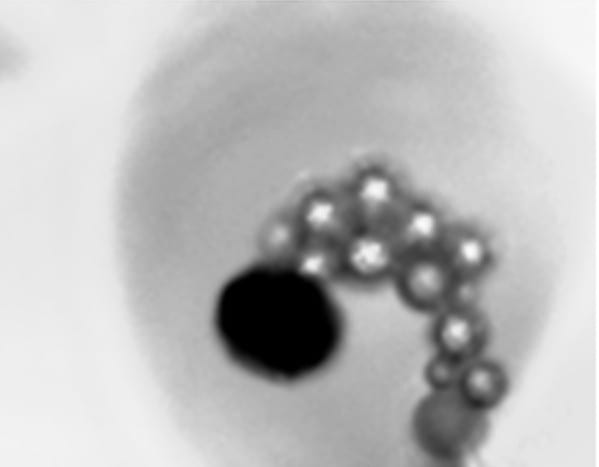

Exploiting the two-faced nature of Janus particles leads to research in multi-fuelled locomotion.
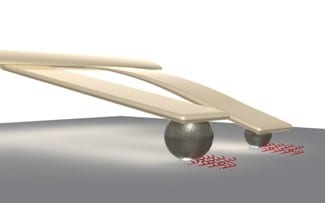
Researchers from North Carolina State University have developed a new nanolithography technique that is less expensive than other approaches and can be used to create technologies with biomedical applications.
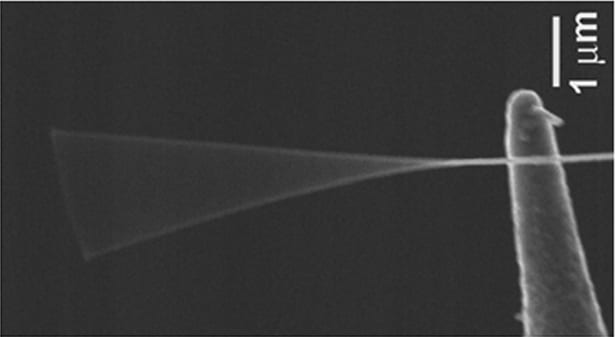
Clamping down a nanowire with a different material allows researchers to make more precise measurements of the nanowire’s Young’s modulus.
Multilevel Molecular Assemblies: Scientists in China and Germany are working together to make efficient tools out of molecular assemblies.
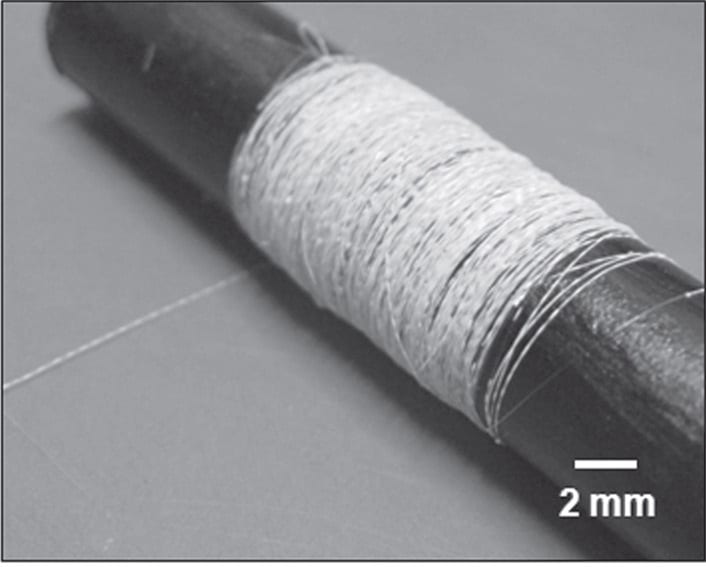
Scientists make artificial spider silk from polymer-coated nylon, which can collect water from the atmosphere with astonishing efficiency.
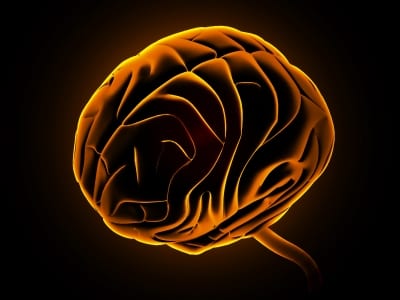
Researchers at the University of Michigan have developed a new system that uses dye-loaded nanoparticles to tag brain tumors for removal.
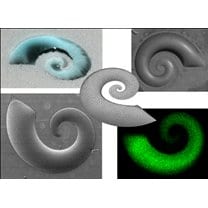
Droplets can be designed in a specific shape and pattern, which could be used to control cell growth and movement as well as to make new nanocomponents.

Workers with existing allergic conditions have worse reactions when exposed to nanoparticles, caused by a Trojan horse known as an exosome.

Graphene has the potential to solve many issues in vital energy research.

Confocal microscopy and flow cytometry results suggest that nanoparticle uptake defies the expected size limits.